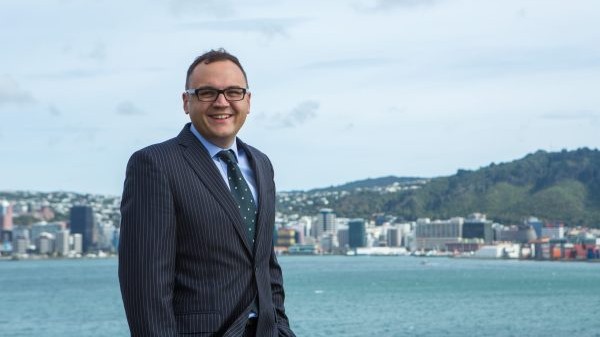
Government has a vital role to play in New Zealand’s transporting future, but it needs to let business get on with what it does best, instead of syphoning funds away for other purposes that won’t make a positive difference.
That’s what we are spelling out in Ia Ara Aotearoa Transporting New Zealand’s detailed submission on the Ministry of Transport’s consultation document on freight and supply chain issues.
You can read our submission in depth here.
The supply chain’s function is largely a result of private enterprise, and that will remain the case. We see the Government’s job is as both a regulator and a provider of infrastructure. That includes roading, rail, shipping, and potentially also the emergence of an offshore shipping hub to help maintain supply of our freight and ensure we are less dependent on ships choosing to call here. Such a setup would strengthen the need for a coastal fleet of ships also. We are at the end of the shipping chain and only 4% of the world’s freight ends up in New Zealand, so a “hubbing” situation that could make a positive difference and reduce risk on the supply of both imported and exported goods.
Unquestionably, road transport is part of the unified supply chain. However, trucking companies pay significant amounts of road user charges. Those charges should go to building and maintaining roading infrastructure. Unfortunately, there have been other hands allowed into the cookie jar in recent times.
We are absolutely committed to the principle of reducing harmful emissions in road transport and we have to be part of getting to net zero by 2050. Heavy trucks produce about 25% of total transport emissions; or around 5% of New Zealand’s total emissions. That’s a pretty significant number because they account for only 3% of our vehicle fleet.
We must look at ways of how we reduce that through fuel efficient driving and eco-trucks – heavier trucks on key freight routes, carrying more freight, with fewer trips. We must explore partnerships with the Government and others to reduce emissions now, and we must also pitch the industry to take advantage of new technology as it arrives.
Although the perfect zero emissions technology doesn’t exist at the moment there are positive signs. An example is transport company HW Richardson, which has announced it is investing in new “dual fuel” trucks. These trucks run on both hydrogen and an existing fuel source. HWR plans to have 10 trucks on the road in the second quarter of 2023 to coincide with its first hydrogen plant being commissioned.
I think that is an exciting step for the industry. There are also new e-canters on the road now, which are fantastic around town. The solution for heavy trucks isn’t quite there yet but we have to be ready for it and ensure that all the right infrastructure, design, and roadbuilding continues – because trucks are part of the future, whether certain people like that or not, and we have to make sure they emit as little CO2 as possible.
Technology offers an exciting future. Customers will continue to ask what transport companies are doing to demonstrate they are on the road to net zero and whether they are practising sustainability principles in their businesses. Transporting New Zealand will get more involved in this space to help members and the wider industry.
All these topics will be discussed at the upcoming Transporting New Zealand conference in Invercargill in September. The conference will be a welcome opportunity for people to get together again after so many years and will be a good social occasion, too. Now is the time to get in early and book ahead.
By Nick Leggett – Ia Ara Aotearoa Transporting New Zealand.





